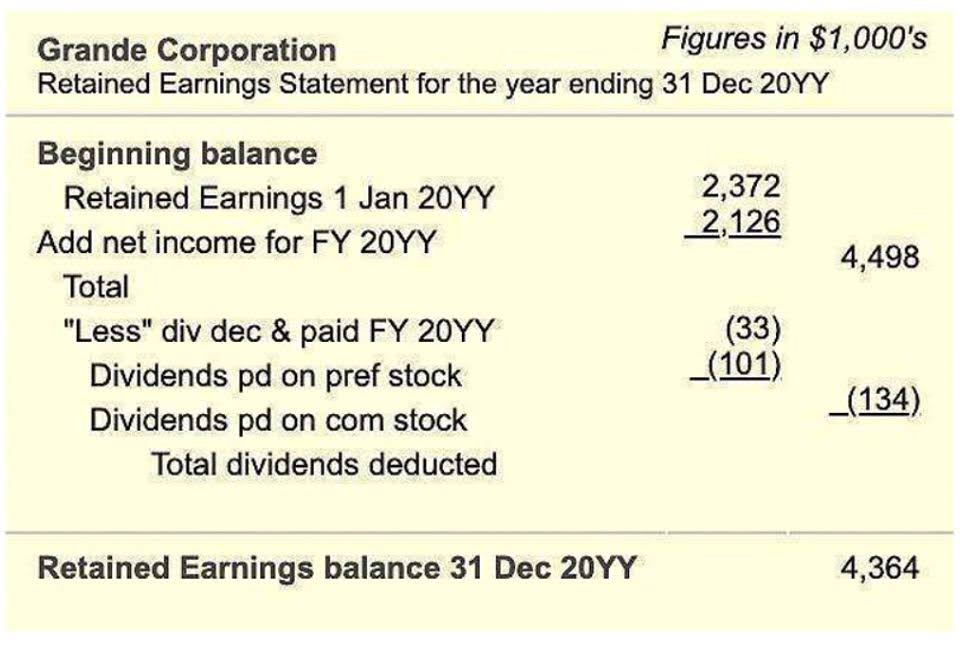
It might not be easy to track all the cash coming in and going out of your business. But it’s crucial when making a financial model for consulting business to understand its cash flow and get a broad picture of the company’s finances. So adding a chart of accounts to your array of financial reporting tools can be helpful. When setting up your chart of accounts, identify accounts that align with your law firm’s activities and reporting needs. Establish separate accounts for different practice areas to track revenue and expenses. Consider trust accounts if applicable and create sub-accounts to monitor client funds.
- To understand the chart of accounts, you might want to look at the concepts of accounts and general ledger.
- In simple terms, it’s what you have in the business as a company owner (or one of the company owners) or, often, an investor.
- QuickBooks Online includes a default chart of accounts that can be easily customized to better suit your business.
- These accounts and subaccounts are located in the COA, along with their balances.
- By doing so, you can easily understand what products or services are generating the most revenue in your business.
Services/ Consulting Business Plan

The numbering system typically groups accounts of the same type together, making it easier to navigate and maintain the chart. By combining insights from the balance sheet and income statement, financial analysts can create comprehensive financial models to forecast future performance, evaluate investment opportunities, and support decision-making processes. In conclusion, integrating your Chart of Accounts with accounting software like QuickBooks Online significantly improves the efficiency and accuracy of financial management. By setting up a well-structured COA in the software and integrating third-party applications where necessary, businesses can optimize their financial management processes and make better-informed decisions.
Thirteen Steps to Set Up Your COA

A bookkeeper will be responsible for all your financial budgeting, reconciling your credit card and bank account balances, and delivering accurate financial reports at month’s end. In addition, you’ll be able to monitor your operating revenue precisely and access your company’s financial records. Bookkeeper, as part of accounting services, is responsible for maintaining accurate and current records of your consulting firm’s financial transactions, ensuring comprehensive financial management. However, bookkeepers and accountants perform some of the same tasks, such as providing a record of all the financial transactions and end-of-year income reports or tax returns. Unlike the five main Balance Sheet and Income Statement categories, which are universal across all businesses, there is no standard list of accounts that falls under each main category.
Structure and Organization
Bookkeeping and accounting systems are what firm owners use to create this financial picture for themselves. Whether implemented by the firm owner themselves or outsourced to a third law firm chart of accounts party, all firms need bookkeeping and accounting systems in order to serve two basic functions. First, they ensure that the firm has enough resources to operate on an ongoing basis.
This requires understanding the firm’s financial picture at a deeper level. But with the ability to build a customized Chart of Accounts comes the question of how to build one that leads to making better business decisions. A well-designed Chart of Accounts can be used to generate financial data that provides clear details about how different areas of the firm are performing and where improvements can be made.
But because most accounting software these days will generate these for you automatically, you don’t have to worry about selecting reference numbers. Revenue accounts keep track of any income your business brings in from the sale of goods, services or rent. An easy way to explain this is to translate it into personal finance terms.
Identifying which locations, events, items, or services bring in the most cash flow is key to better financial management. Use that information to allocate resources to more profitable parts of your business and cuts costs in areas that are lagging. Traditionally, each account in the COA is numbered, and accountants can quickly identify its type by the first digit.
- Of course, if your firm has different lines of business you may want to create a separate revenue account for each line of business.
- Building some level of detail into the chart of accounts is a practical way to ensure key information is always in the face of the management team.
- But remember, if your chart of accounts is not set up properly, your financial statements won’t be accurate.
- When a company purchases inventory on credit, the Inventory account is debited to increase it, and the Accounts Payable account is credited to record the liability to pay for the inventory in the future.
- In cases of reimplementation or data migration from legacy systems, the CoA design also needs to consider the level of detail at which data will be made available from its source systems.
Their focus is on providing quality services to businesses in various industries so they can improve their performance. If you are looking for an https://www.bookstime.com/ all-around business consultant, Oak is your best bet. They also provide a meticulously prepared chart of accounts for consulting businesses.

Where to look for liabilities in reports?
Below, we’ll delve into the different types of accounts and how to number them. There are many different ways to structure a chart of accounts, but the important thing to remember is that simplicity is key. The more accounts are added to the chart and the more complex the numbering system is, the more difficult it will be to keep track of them and actually use the accounting system. Although most accounting software packages like Quickbooks come with a standard or default list of accounts, bookkeepers can set up and customize their account structure to fit their business and industry. An effective chart of accounts structure directly or indirectly drives virtually all financial reporting.
Common Account Types
Charts of accounts and bookkeeping are essential for consulting businesses as they aid in financial planning and budgeting. Consulting businesses usually have a bookkeeper responsible for preparing charts of accounts which is a prerequisite for preparing financial statements. Once the setup is done, you need to set up your legal accounting software to track your finances. Most accounting software will allow you to import your chart of accounts and customize it within the software. If your firm has significant interest income or expense, income tax, or other one-time items, those should be booked to GL accounts coded to “Other Income” or “Other Expense” account types. Adding and subtracting these other items from operating profit yield Net Profit, which QuickBooks calls “Net Income.” This is your ultimate bottom line.







 This Year : 1395
This Year : 1395 Total Users : 125536
Total Users : 125536 Views Today : 611
Views Today : 611 Total views : 1689706
Total views : 1689706